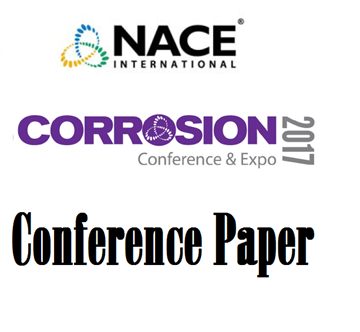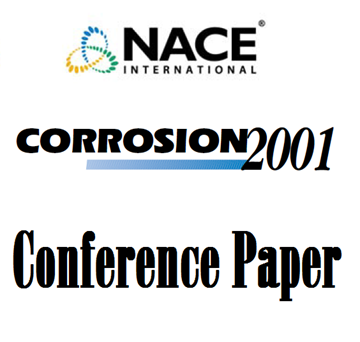Search
Investigation of Amorphous Deposits and Potential Corrosion Mechanisms in Offshore Water Injection Systems
Also Purchased
Quantification of Microbiologically Influenced Corrosion in Injection Water Pipelines
Product Number:
51317--9343-SG
ISBN:
9343 2017 CP
Publication Date:
2017
$20.00
Comprehensive Approach to Oxygen Corrosion Analysis of Water Injection Systems
Product Number:
51315-5962-SG
ISBN:
5962 2015 CP
Publication Date:
2015
$0.00
01010 CORROSION MONITORING AND CONTROL OF SEAWATER INJECTION SYSTEMS USING AN EXPERT SYSTEM APPROACH
Product Number:
51300-01010-SG
ISBN:
01010 2001 CP
Publication Date:
2001
$20.00




